- Joined
- Apr 19, 2008
- Messages
- 1,493
Michael Cowing from Accredited Gemologist Association (AGA) Certified Gem Laboratory has put together an article about blue fluorescent diamond over grading.
https://www.pricescope.com/journal/blue-fluorescent-diamonds-color-grading-issues
Thank you Michael.
https://www.pricescope.com/journal/blue-fluorescent-diamonds-color-grading-issues
Thank you Michael.





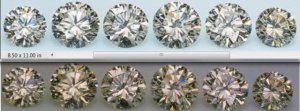
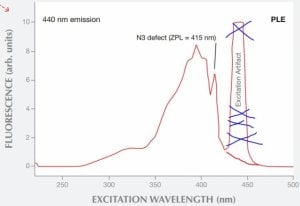
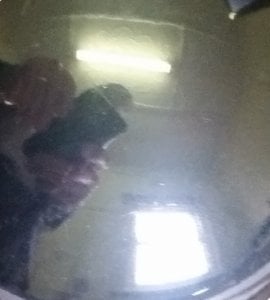
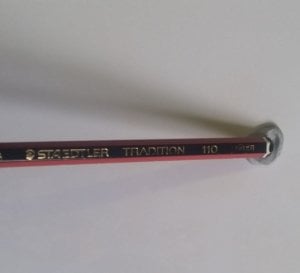
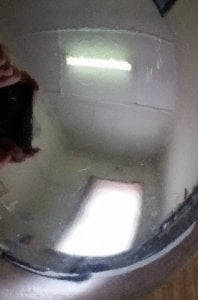
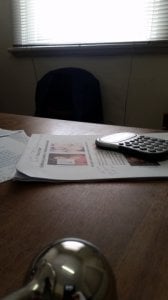


300x240.png)